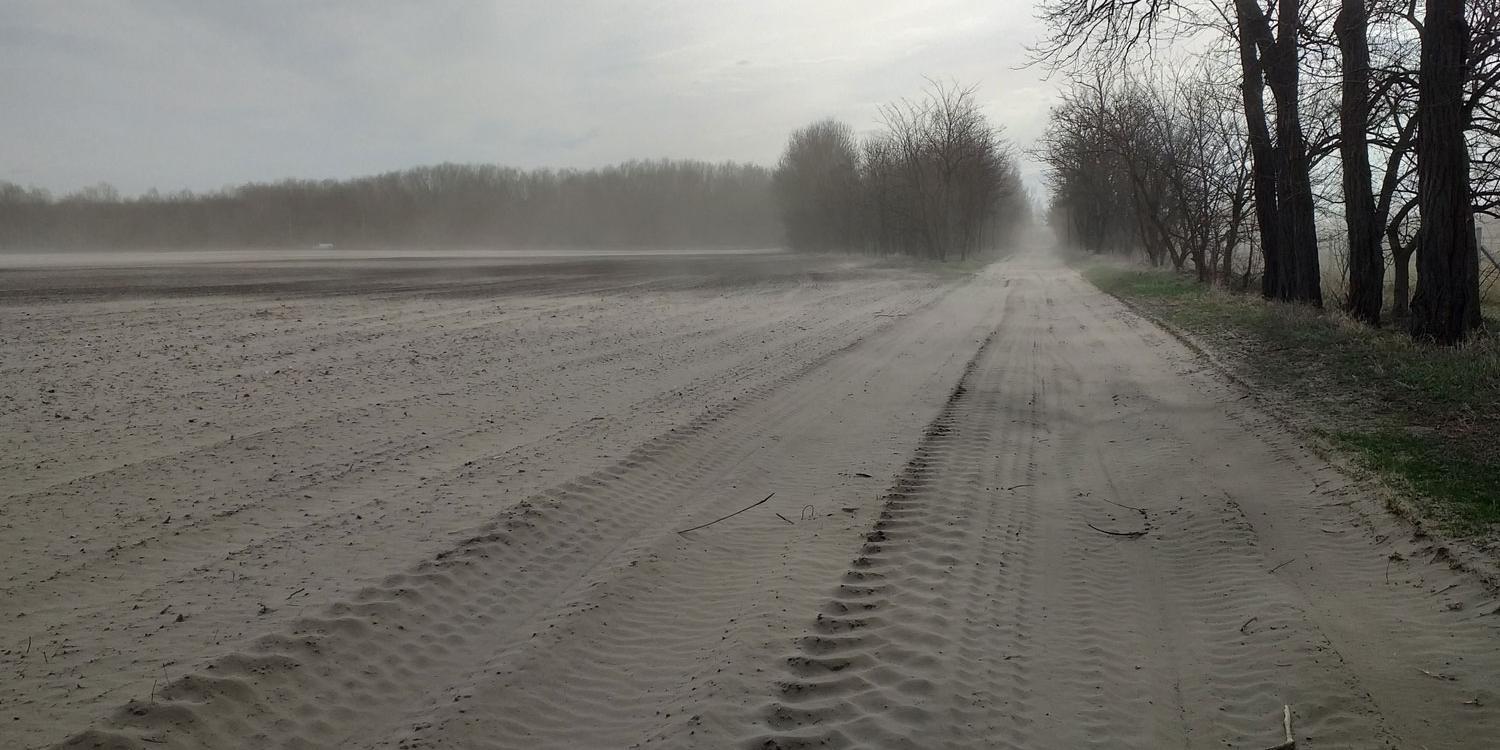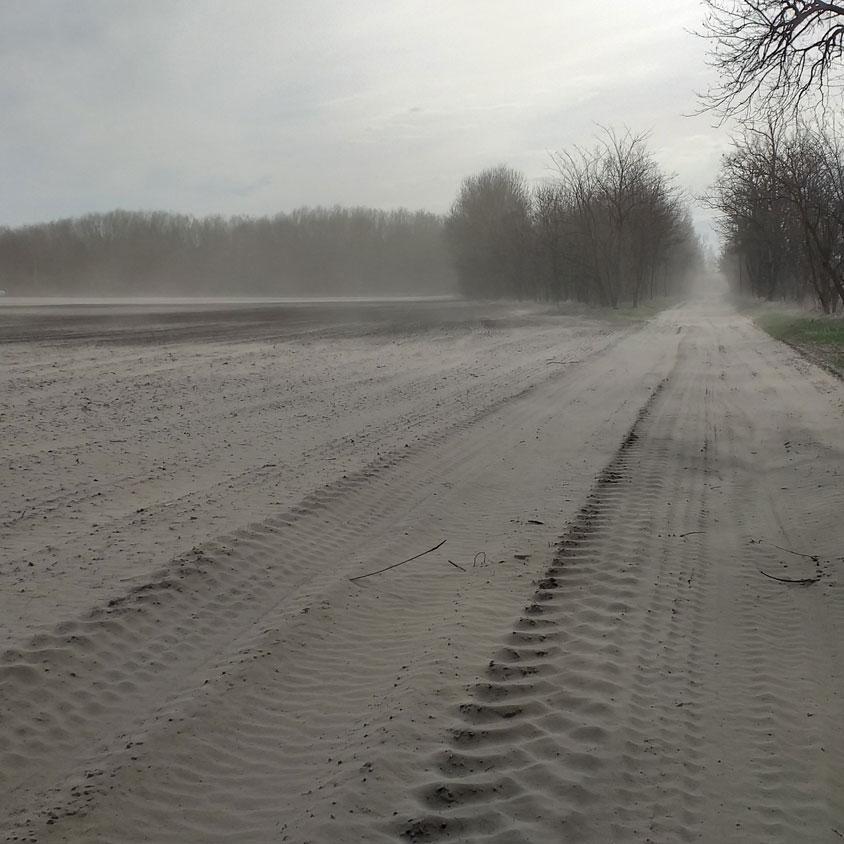RED4Nature and the Recovery and Resilience Plan
Negotiations on the revision of the Renewable Energy Directive (RED) have been put under the spotlight more firmly since the publication of the REPowerEU initiative. One of the many consequences is the opportunity to redirect funds for the development of renewable energies through the Recovery and Resilience Facility.
07-15-22
The European Union is standing with its back to the wall
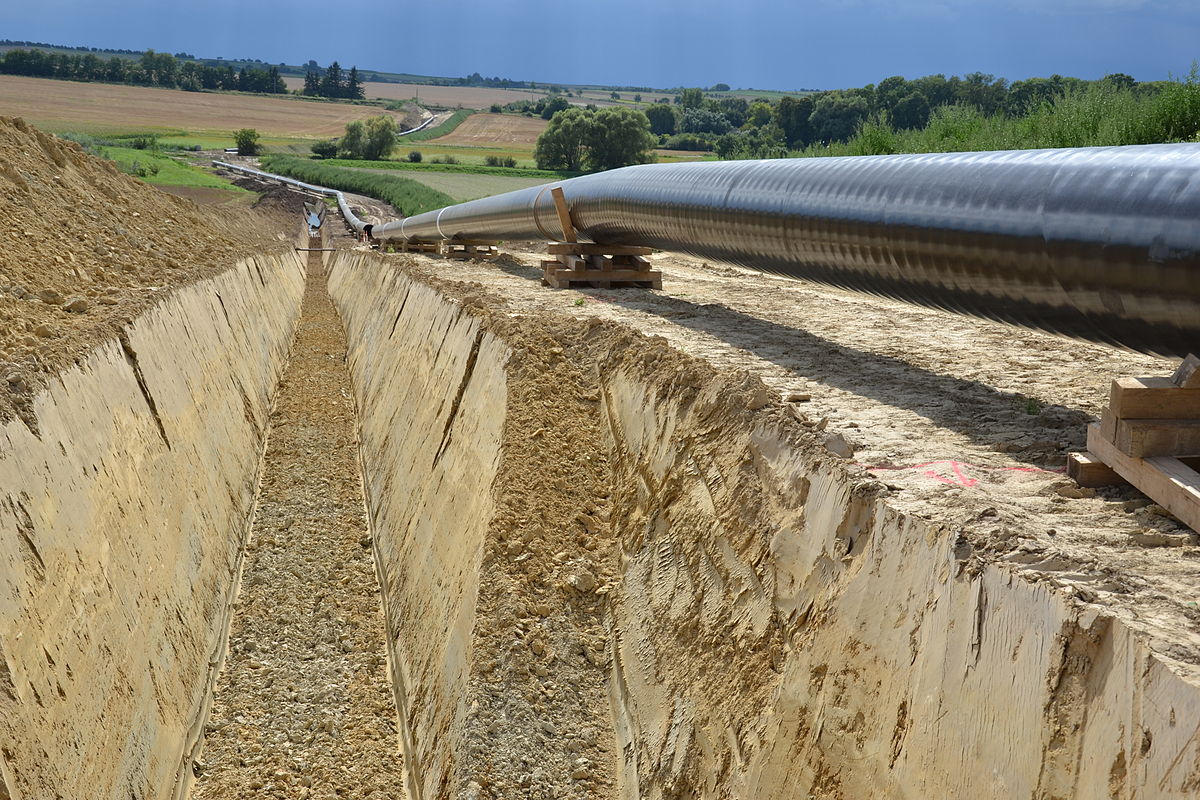
Will Putin completely turn off the gas supply to Germany soon?
© Ulrichulrich; Wikimedia CommonsWith the Russian invasion of Ukraine the European Union now stands with its back to the wall. The EU’s energy supply (mainly fossil fuels such as gas and oil) is threatened and European leaders have had to react quickly to break away from the established dependency on imports from Russia.
As a response to this situation, the European Union has published a legislative package called REPowerEU, aimed at accelerating the EU’s energy transition. In addition to increasing energy efficiency, REPowerEU is meant to allow a fast roll-out of renewable energy sources as well as the diversification of fossil fuel supply. Member states can now deblock new grants (repackaged/recycled grants) to finance renewable energy projects by adding a new chapter to their already ongoing Recovery and Resilience Plan (RRF). To better understand the challenges awaiting, a throwback to the lessons learned from the early stages of the RRF process is key. After having followed the topic in nine different countries, nothing good has come out from the RRF financing with renewable energy projects, due to bad planning, while this would have been a great opportunity to put things right.
Billions for the energy transition
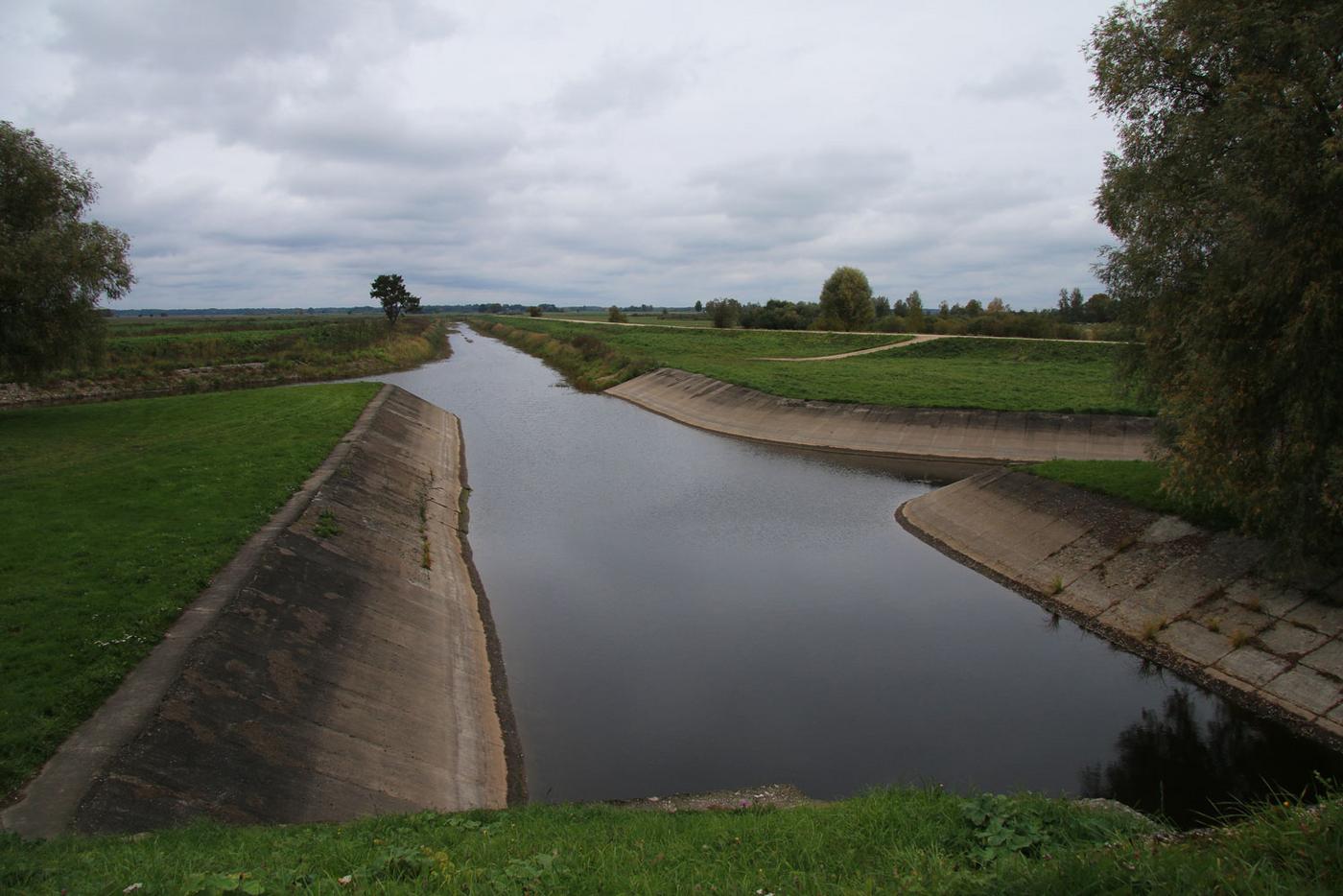
Problematic flood protection measure, financed with money from the RRF fund: It damages nature and does not help to alleviate the effects of flood events.
© Ilze Priedniece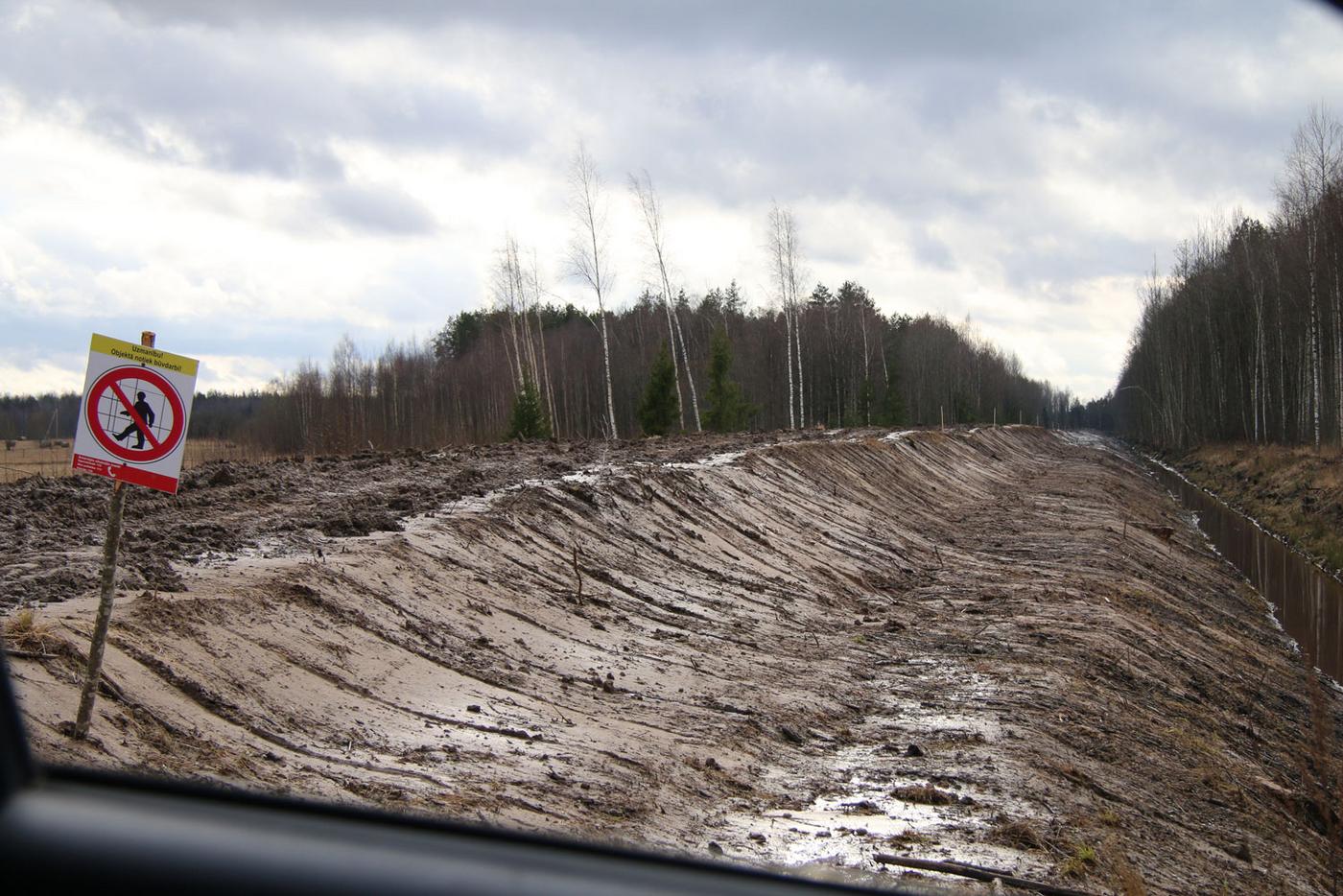
Destroyed NATURA 2000 forest area in Latvia. Wind turbines are to be built here.
© Ilze PriednieceThe Recovery and Resilience Facility, put in place in February 2021, was the EU’s economic response to the pandemic, with more than EUR 672 billion intended to forge a way to a so-called “green recovery”. But NGOs have repeatedly criticized the lack of rules, scrutiny and guidance from the European Commission to bring Member States on track and truly commit to address the environmental crisis and the loss of biodiversity.
For instance, although roughly 37% of this fund was allocated to climate action, analysis has shown that proposed measures have not been biodiversity-proofed at all (such as the hydropower plant Mokrice in Slovenia). At the same time, less than 1% has gone to nature conservation/restoration measures, while other measures have been approved, which will have destructive impacts on biodiversity and habitats. One example among others is the construction of wind power farms in Latvian forests. All this is funded by EU taxpayer’s money and accounted for by the European Commission in its Green Pillar, which is the name of the 37% green spending.
Despite the lack of transparency and public participation in the Recovery and Resilience Facility, EuroNatur and Bankwatch in a recently published report have gotten to the bottom of why several of the proposed “Green Recovery” projects are actually harmful to the environment. One reason is that RRF money is directed to new infrastructure projects, which target freshwater streams and forests, two of our most valuable natural resources and habitats to many endangered species. Many of these projects are related to renewable energy.
While the increase of renewables is highly welcomed and needed, renewable energy projects should not be implemented when they harm ecosystems. If we oversimplify, our efforts of reducing CO2 emissions are meant to preserve life on Earth by slowing down climate change. Threatening and destroying the living beings on the way to a CO2-emission-poor world will make our work only more difficult and create major imbalances at the level of ecosystems.
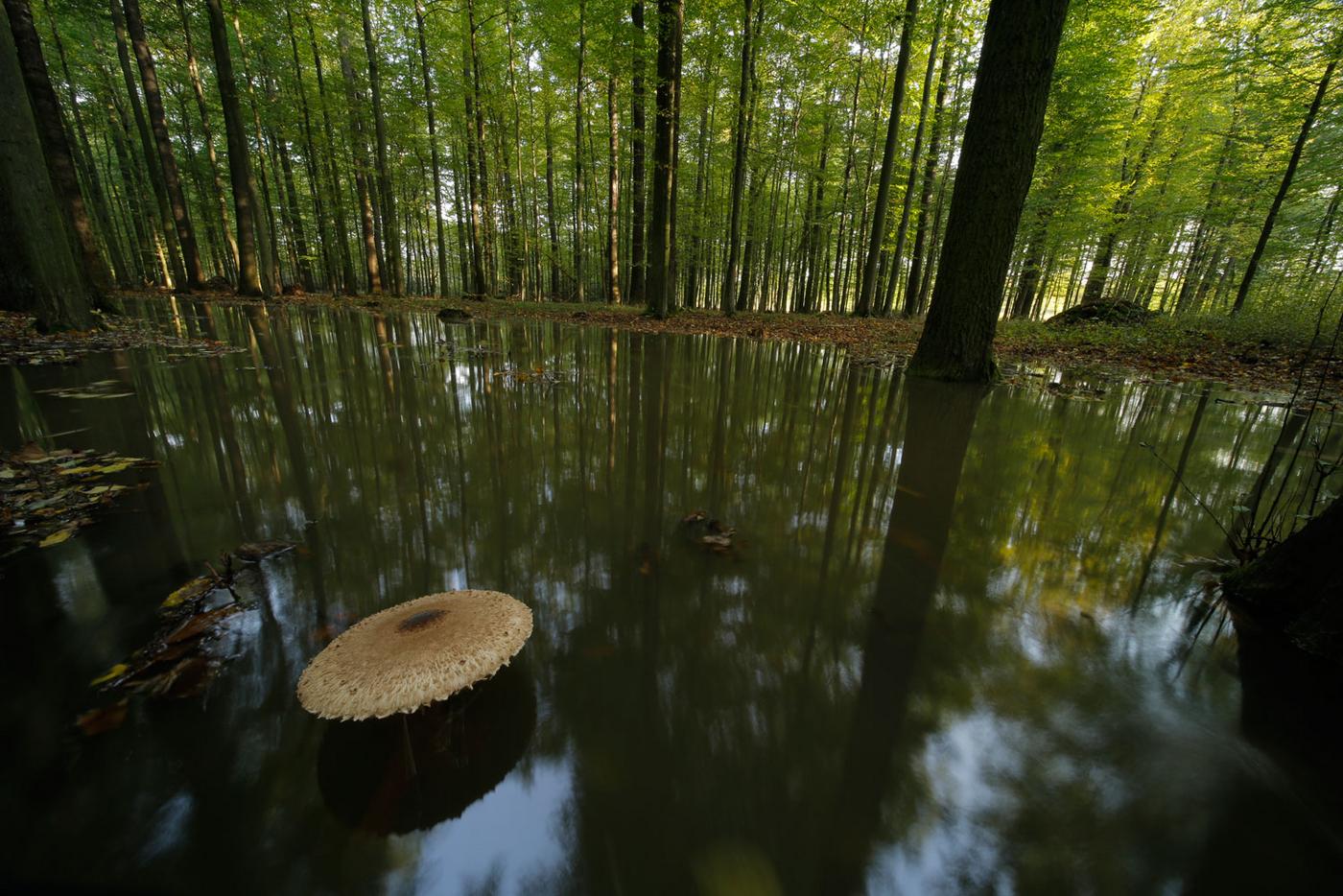
Things can be done differently as this example from Poland shows: Here, the river bed of the Oder has been renaturalised, creating a valuable habitat for many endangered species.
© WWF PolskaA blank check leads to superficial planning
With the RRF, the EU had a unique opportunity to address the crises we are fighting, almost a blank check ‘to do things right’, also with regards to the energy transition. But the RRF experience shows that urgency, lack of preparation, thirst for growth and decades of inaction have led to incomplete and sometimes superficial planning of renewable energy projects. Most importantly, it financed projects which did not factor in biodiversity needs.
No lessons learned - again
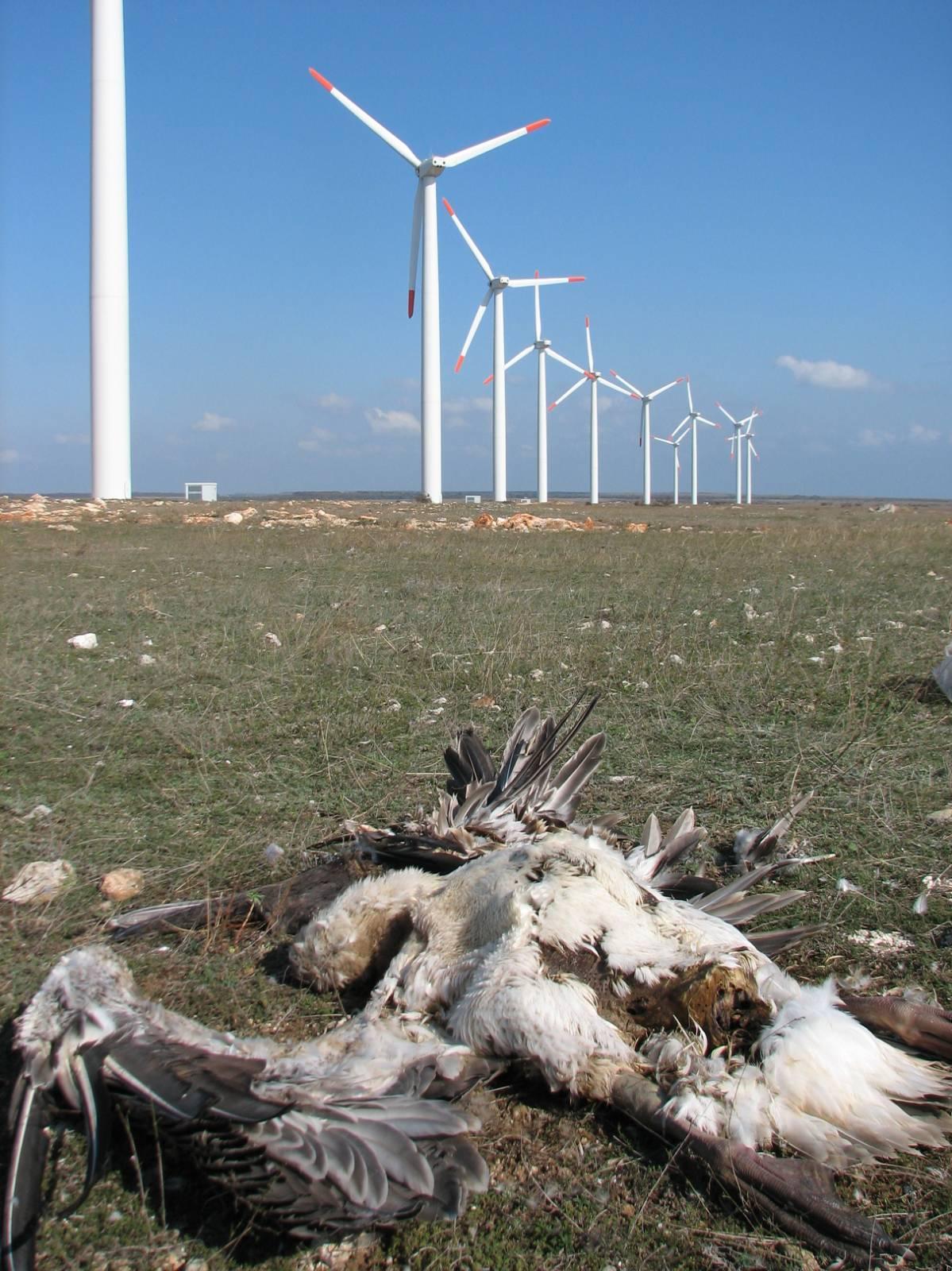
Wind energy is actually a clean form of energy production. However, the location is important: Hotspots of migratory bird routes must be taboo!
© Mihail IlievLuckily, with the revision of the RED, we have a second chance to get things right. But looking at what is happening with REPowerEU, there is a high risk that the same mistakes are repeated. In the process of drafting REPowerEU, decision makers were forced to act suddenly, under high pressure and with geopolitical uncertainties. As a result, the measures decided are fast, simplified solutions that allow business as usual to go on, while safeguards such as environmental protection legislation and the arbitrage to choose biodiversity compatible renewable energy sources are seen as barriers.
The latest proposals made under REPowerEU show that lessons from the previous experience have not been acknowledged yet, putting nature at risk for decades with at times irreversible effects. The emergency to act is real but it should not come at the cost of nature and its ecosystems.
The RRF was a cautionary tale, which we must learn from. Firstly, it taught us that Member States are likely to choose solutions that are as close as possible to business as usual, which is not what is currently needed. Ambition in times of urgency is difficult but it should never come at the cost of nature or democratic values. As shown in the Bulgarian case, the more civil society is involved in this kind of process, the more nature-friendly the plans become. A condition for a strong REPowerEU chapter will be transparency and public participation.
Secondly, it has shown us that to set a landscape of incentives and rules, an appropriate legal frame is needed. To increase renewable energy output sustainably and to address both the climate and biodiversity crises effectively, it is crucial that REPowerEU now uses this golden opportunity - the RED revision - to realign energy legislation with nature conservation.

Author: Thomas Freisinger works at the EuroNatur office in Brussels, among others on the topic of the RRF and the shenanigans that take place with this money. It is mainly owing to his research that another closer look was taken at the use of the RRF funds.
We welcome your opinions on this blog post. Send Thomas an email with your thoughts on the topic: thomas.freisinger(at)euronatur.org
Read also our other blog posts



